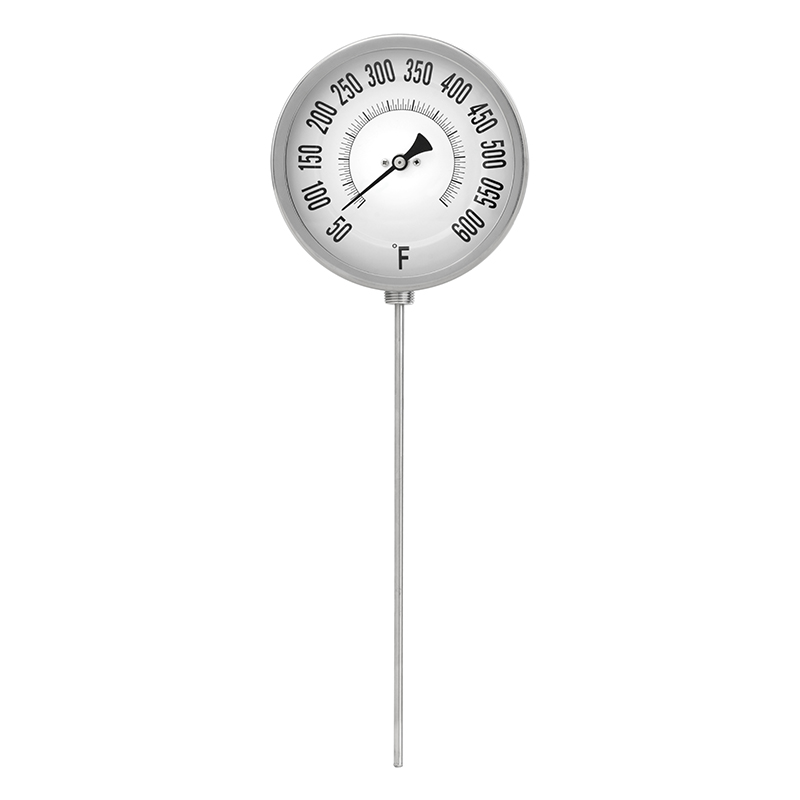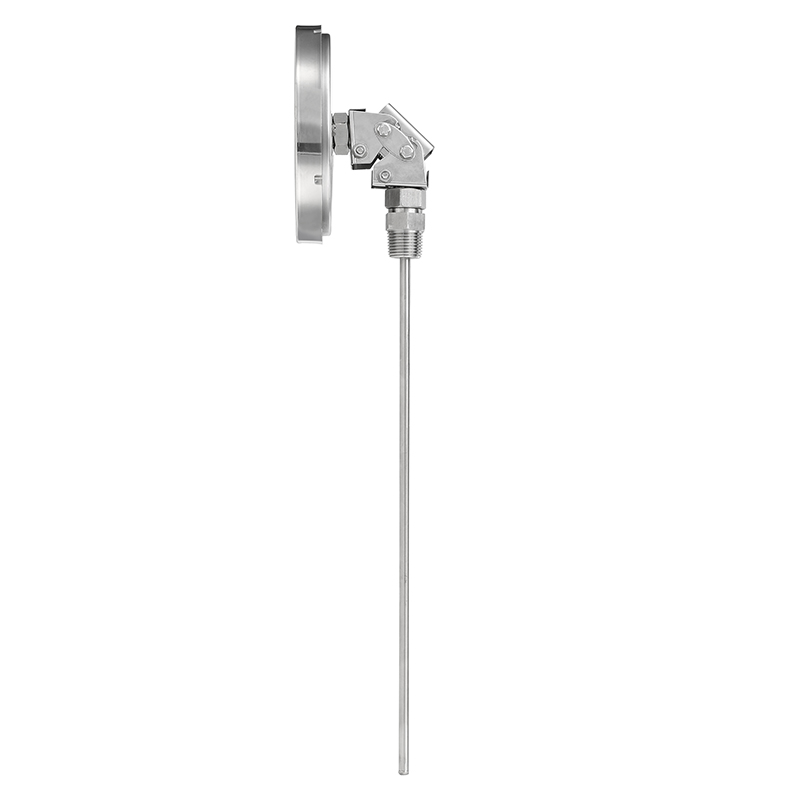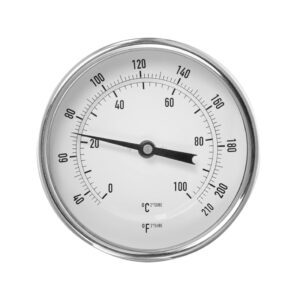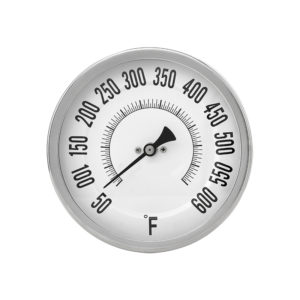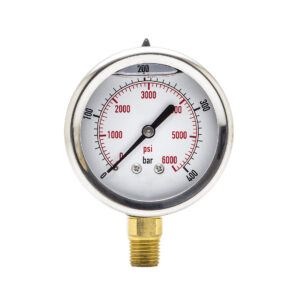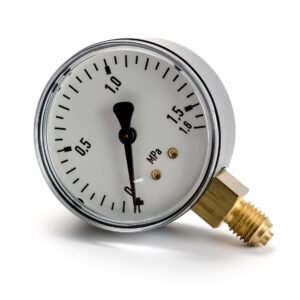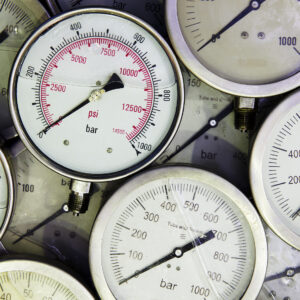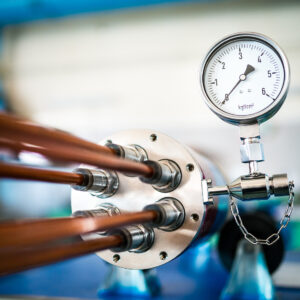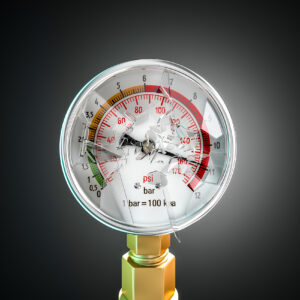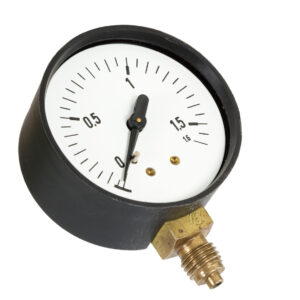5″ Adjustable Angle Bimetal Thermometer
ELSAMED 5″ Adjustable Angle Bimetal Thermometer is a favorite for their versatility. The construction industry values this instrument, where on-the-job piping requires reading the instrument from a variety of angles. The connection can be rotated 360° and the face can be angled 90° for the user’s convenience. These instruments are designed to withstand vibration and other rugged abuse. The hermetically-sealed, stainless steel case prevents moisture from entering into the instrument and fogging the lens, thus allowing the operator to obtain clear, accurate readings.

CASE:
Hermetically sealed 300 series stainless steel
RING:
Hermetically sealed 300 series stainless steel
ADJUSTABLE BRACKET:
300 series stainless steel
LENS:
Double strength glass standard, with polycarbonate (250°F maximum range) optional
DIAL:
Anti-parallax, aluminum with white finish and black markings
POINTER:
Black
RECALIBRATOR:
External recalibrator on back of case
STEM:
300 series stainless steel, 0.250"
CONNECTION:
300 series stainless steel, 1/2" NPT
ACCURACY:
±1% full range (ASME B40.3 GradeA)
AMBIENT TEMPERATURE:
-40 to 250°F (-40 to 120°C)

Blog Recommend

Silicone Oil vs. Glycerin in Pressure Gauge Filling
Liquid-filled pressu…
Understanding Micro-manometers: Precision in Low-Pressure Measurement
Abstract: Micro-mano…
Pressure Gauge Connection Dimensions: Standards and Specifications
Abstract Pressure ga…
Pressure Gauge Zero: Adjustment and the Case of Non-Adjustable Instruments
The pressure gauge i…
Marine Thermometers: Essential Gauges for Shipboard Safety and Efficiency
The complex machiner…
The Unmeasured Burden
The Unmeasured Burde…
The Importance of Pressure Measurement in Industrial and Scientific Applications
Introduction Pressur…
Explosion-Proof Pressure Gauges: Ensuring Safety in Hazardous Environments
IntroductionIn indus…
Understanding Pressure Gauge Pointers: Types, Functions, and Common Issues
Pressure gauges are …
The Importance and Process of Filling Pressure Gauges with Oil
Pressure gauges are …
